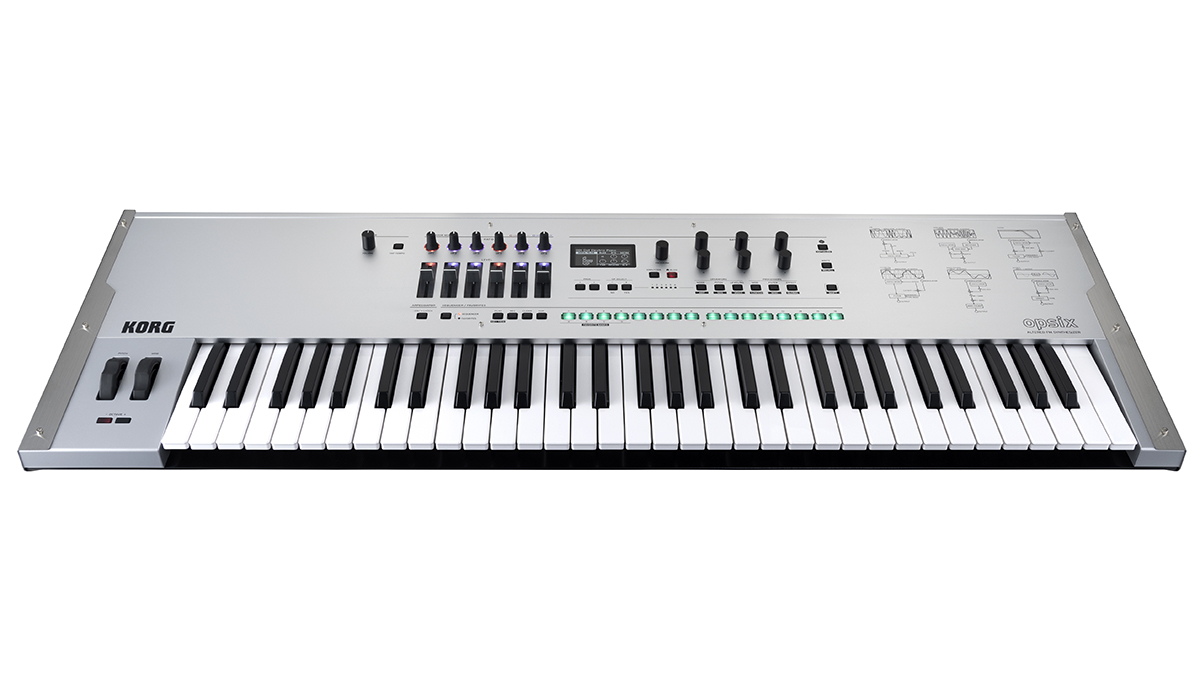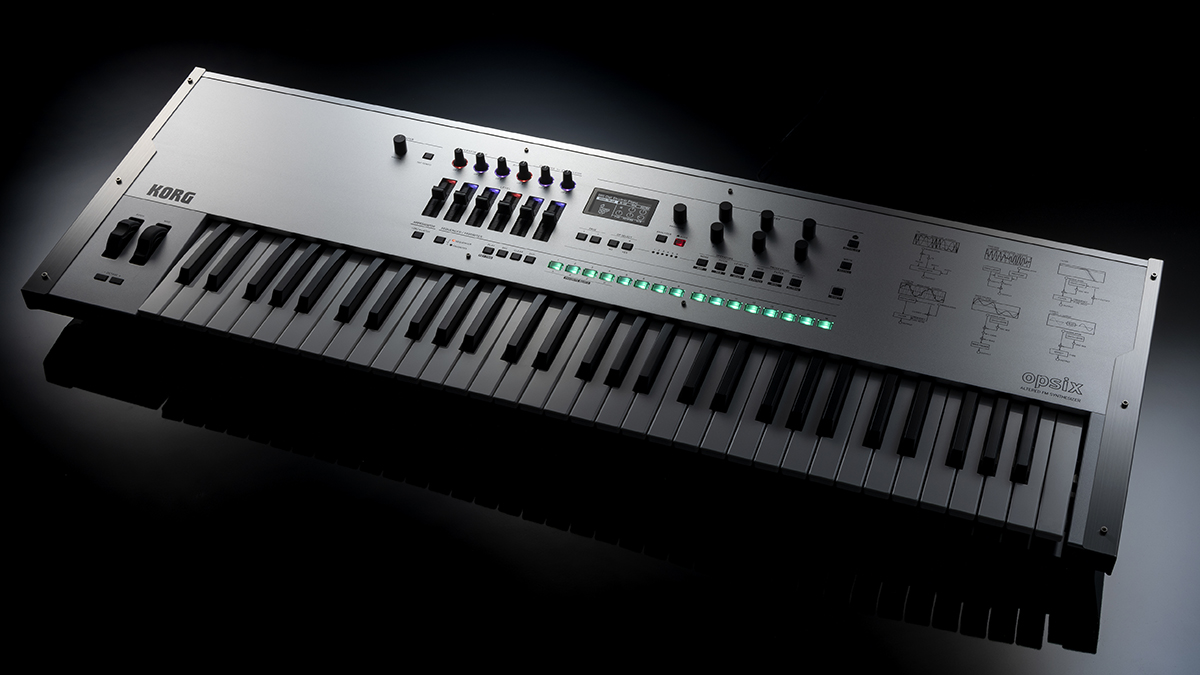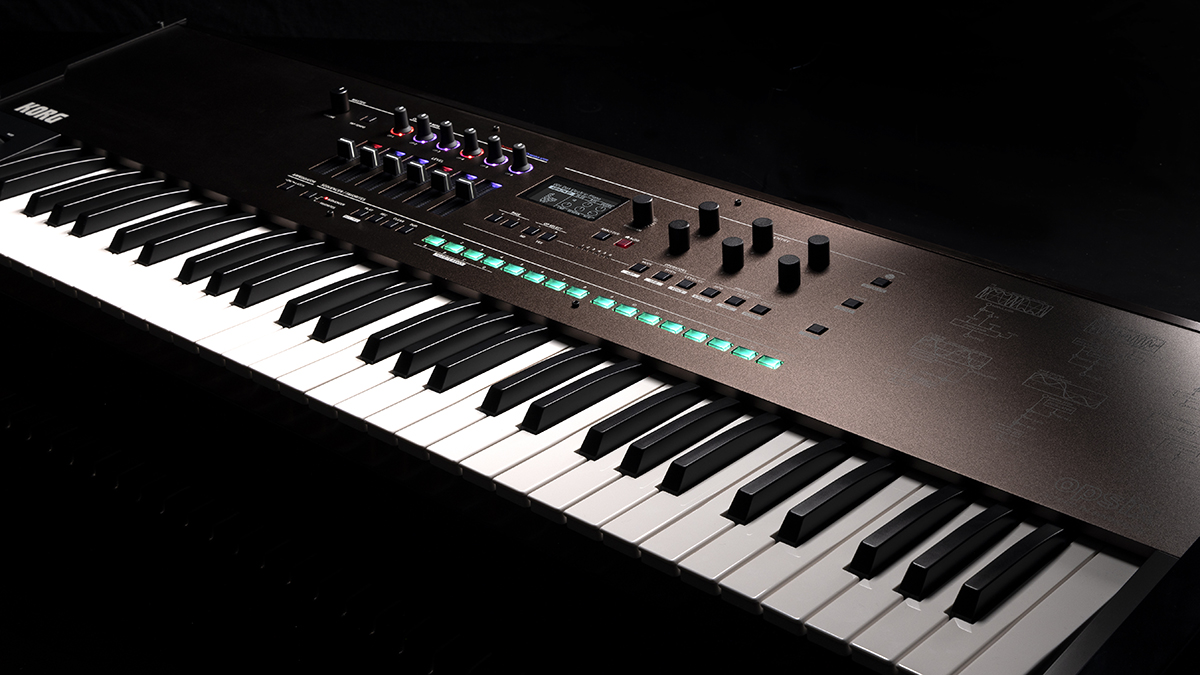
Last week it was the Wavestate, and now Korg has introduced a larger version of another of its synths: the Opsix. The new SE model takes the original Opsix FM-based engine, enhances it with increased polyphony and voicing, and sticks the whole lot in a 61-note keyboard with aftertouch. As such, it now more closely resembles a classic FM synth of the past, the Yamaha DX7.
That said, this isn’t the first time we’ve seen a five-octave Opsix. Cast your mind back to January 2020 and you may remember that, when the synth was shown in prototype, that’s the size of keyboard it came with.
Back to the present, though: Opsix SE uses Korg’s natural-touch keyboard - the same you’ll find in the company’s flagship workstations - and, thanks to those extra octaves (the standard Opsix has just three) enables proper two-handed playing.
The Opsix SE has a sleek new look, too, which includes an aluminium control panel and illuminating LEDs. As well as the standard black version, there’s also a limited edition Platinum model, which opts for a silver colour scheme.
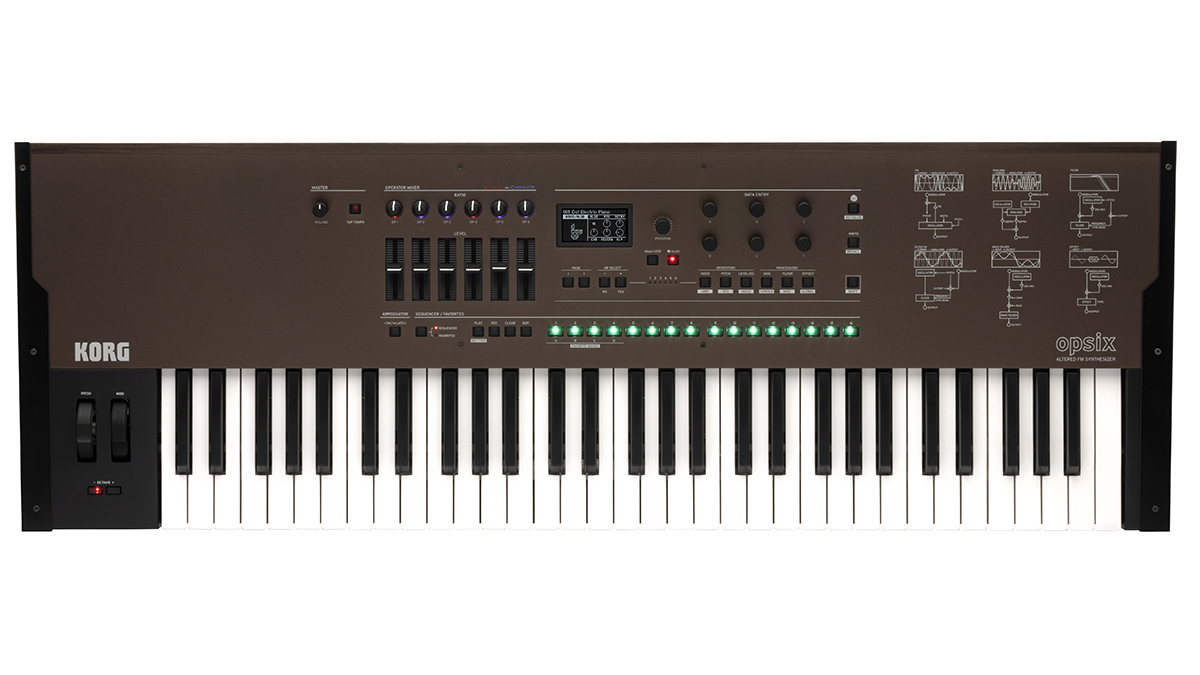
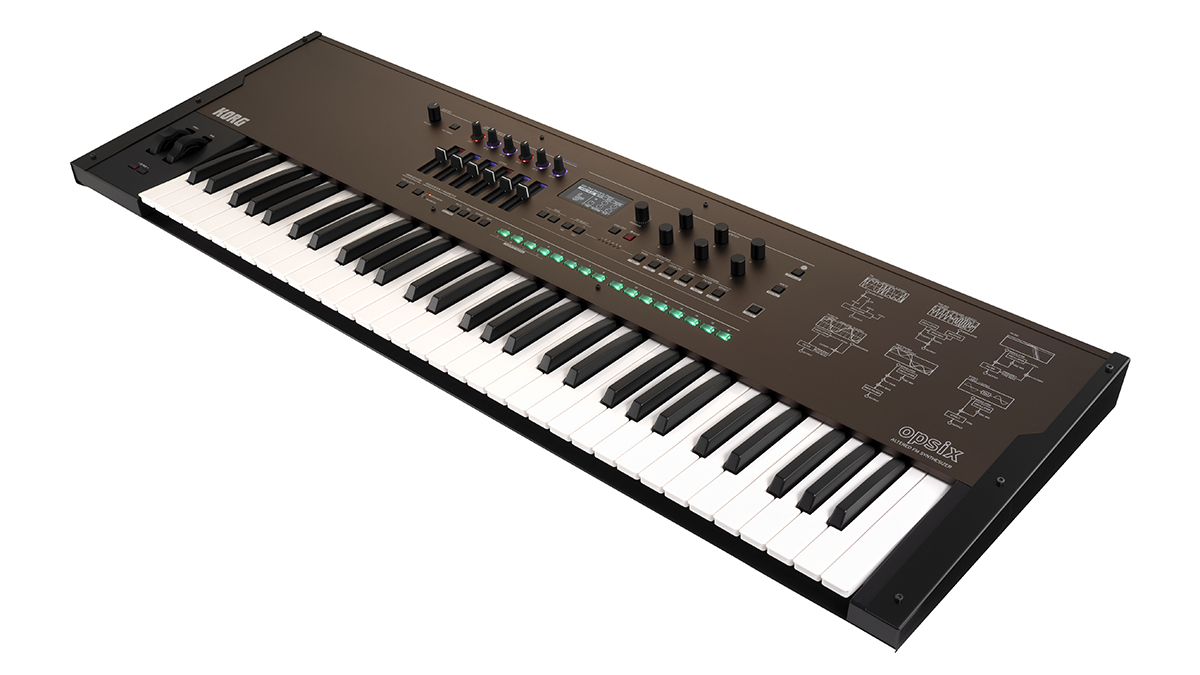
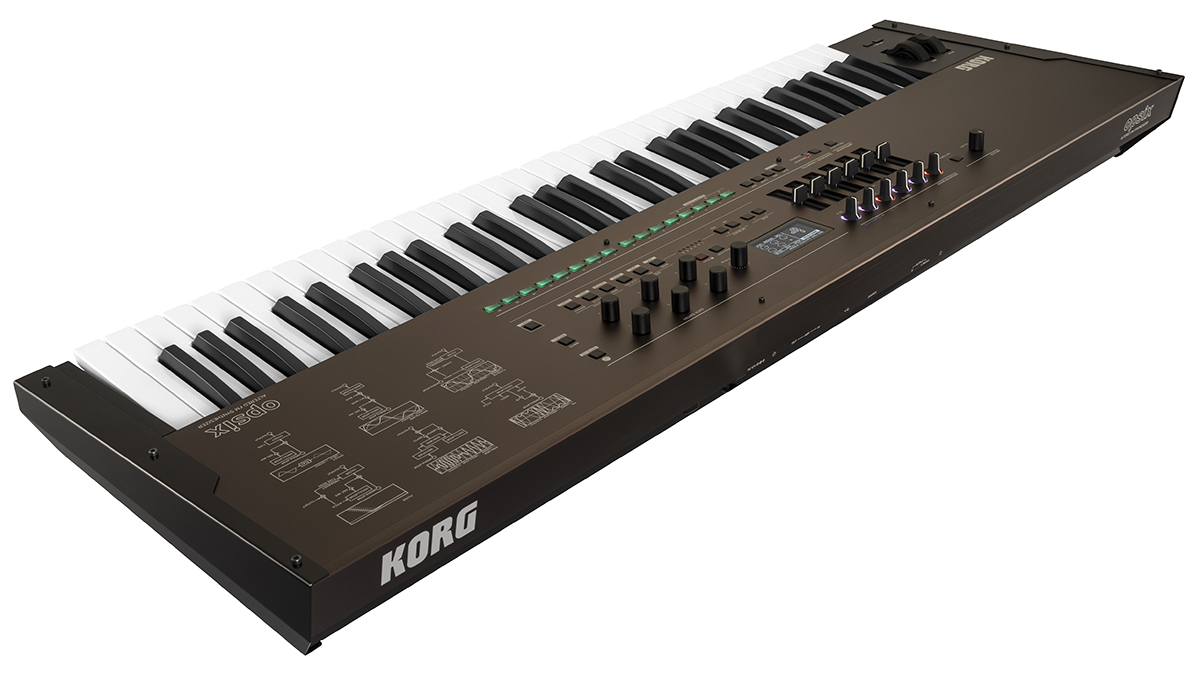
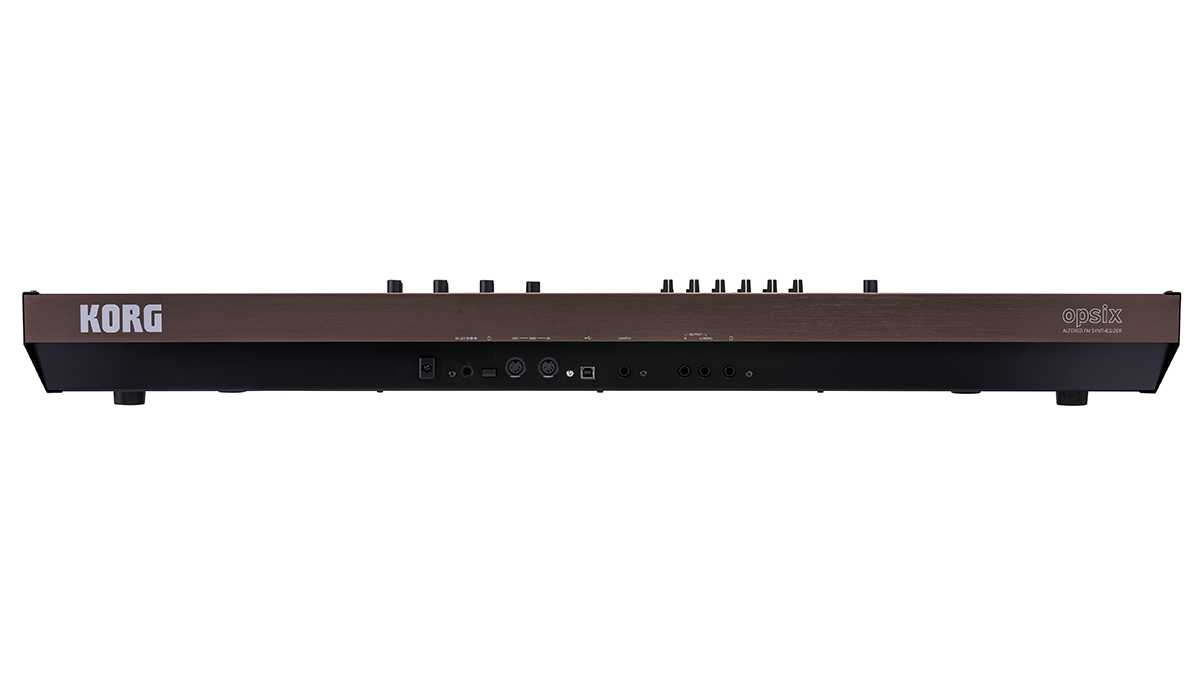
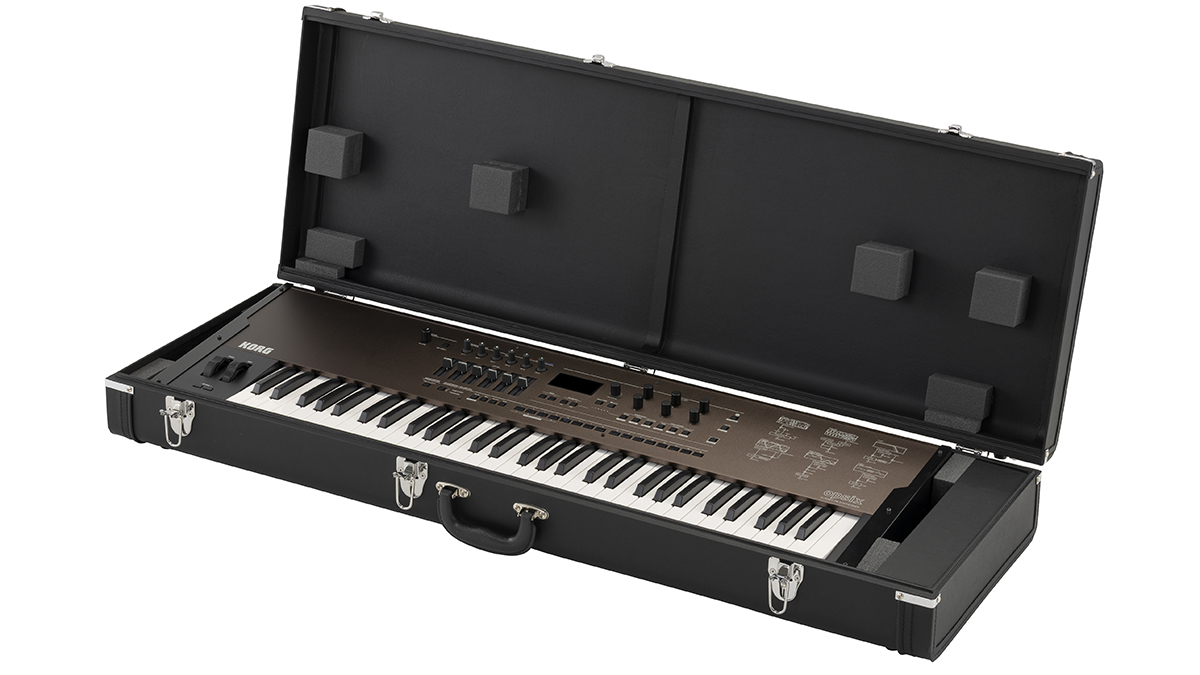
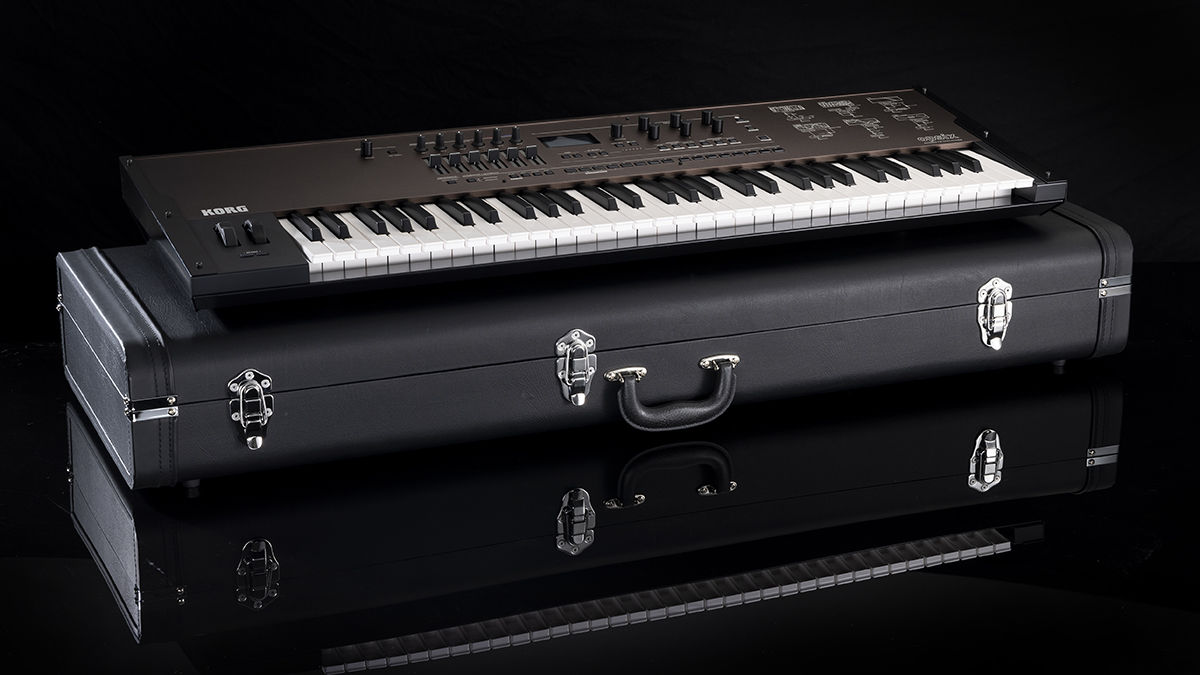

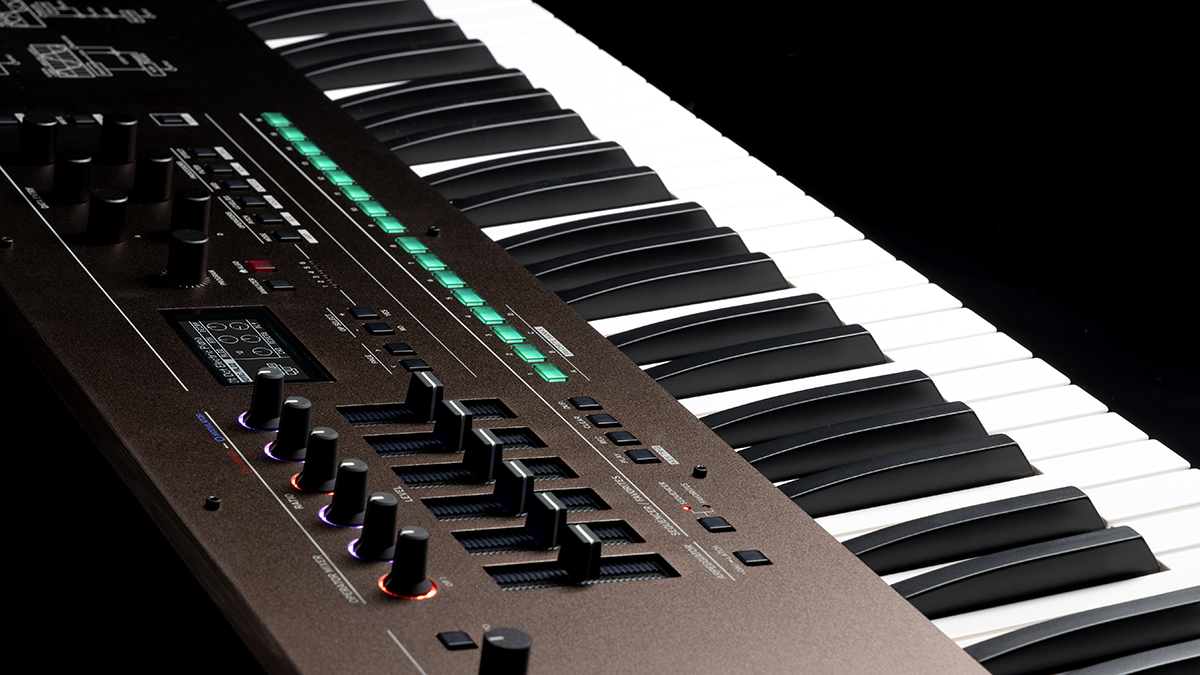
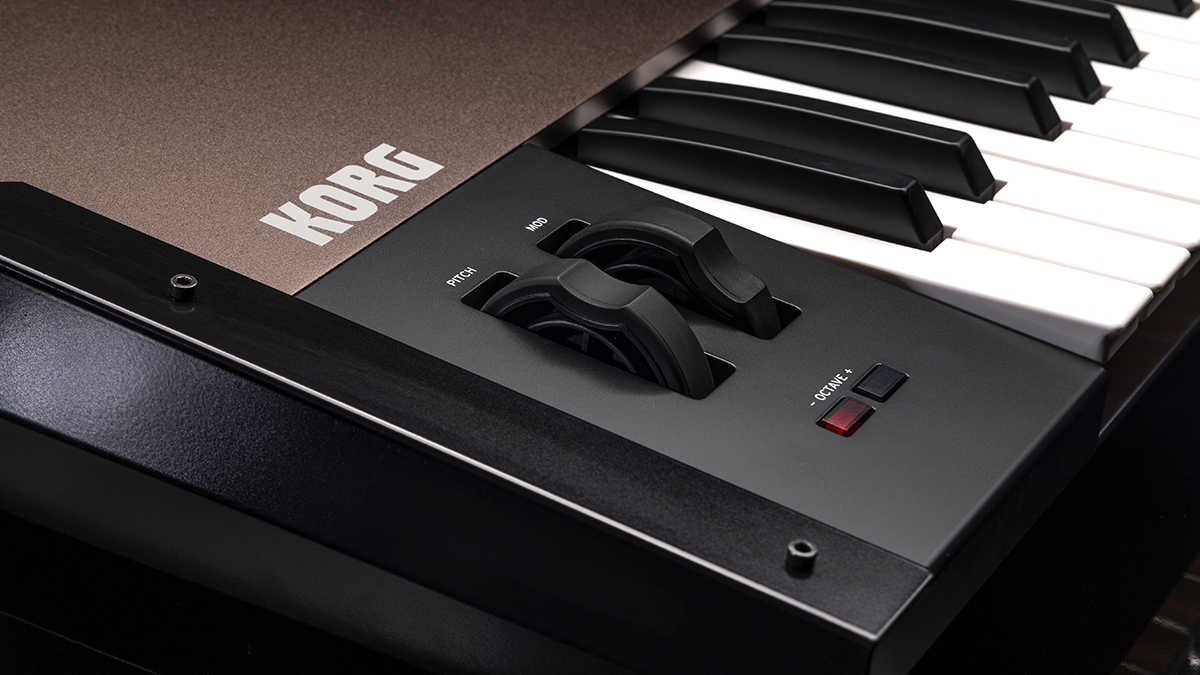
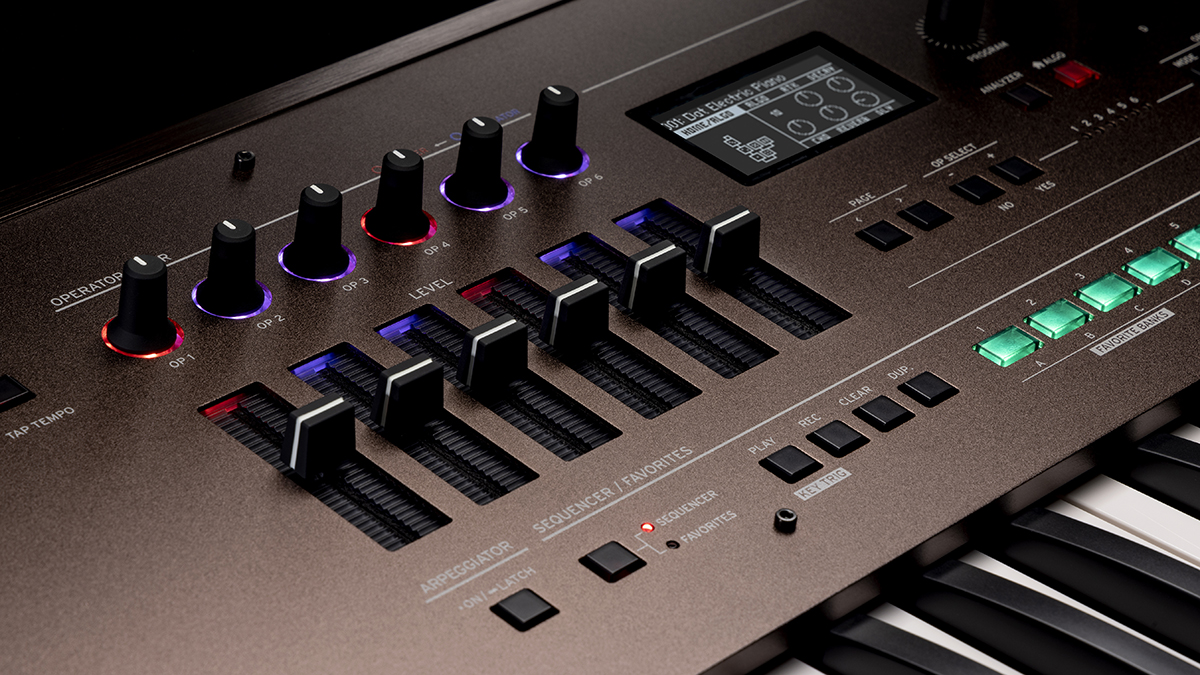
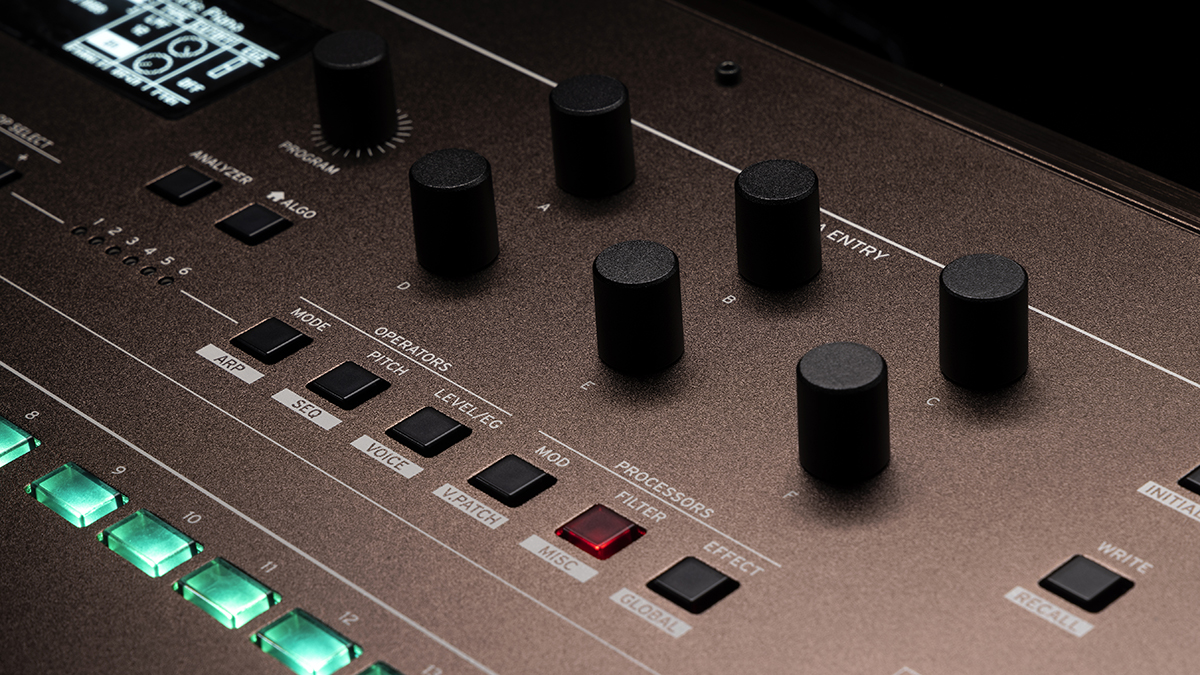
Sounds are designed using the Operator Mixer, which comprises six faders and knobs. It’s this simple design that makes the Opsix SE so easy to program, and each part also lights up to indicate whether it’s a carrier (red) or a modulator (blue). Other control features include six data entry knobs and an OLED display.
Although it’s based on FM synthesis, Opsix SE goes further by offering additional waveforms, filters, shaping, effects, LFOs and modulation features. There are six
operator modes and 40 preset algorithms, plus the ability to create your own.
You’ll also find three EGs, three LFOs and 12 virtual patches, all of which can be managed in the modulation matrix. The effects, meanwhile, are divided into three blocks of 30.
Opsix SE also has a built-in 16-step sequencer. Every program comes with its own sequence, or you can create your own using up to six notes per step. Each note’s velocity, gate time and playback timing can be adjusted, too, and further expression features mean you can create the likes of strums and drum rolls. The motion sequencer, meanwhile, enables you to record changes of up to six parameters.
The Opsix SE is expected to cost around £1,899, while the Opsix SE Platinum should land for around £2,099. Both models ship with a bespoke hard case.
Find out more on the Korg website.
